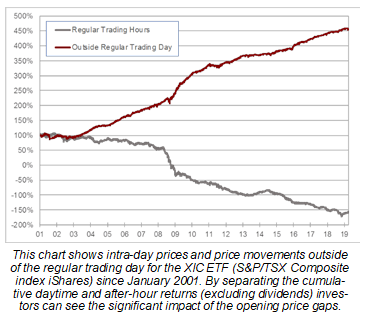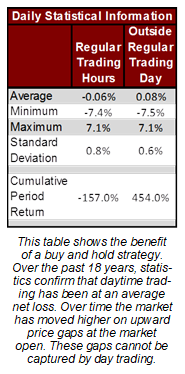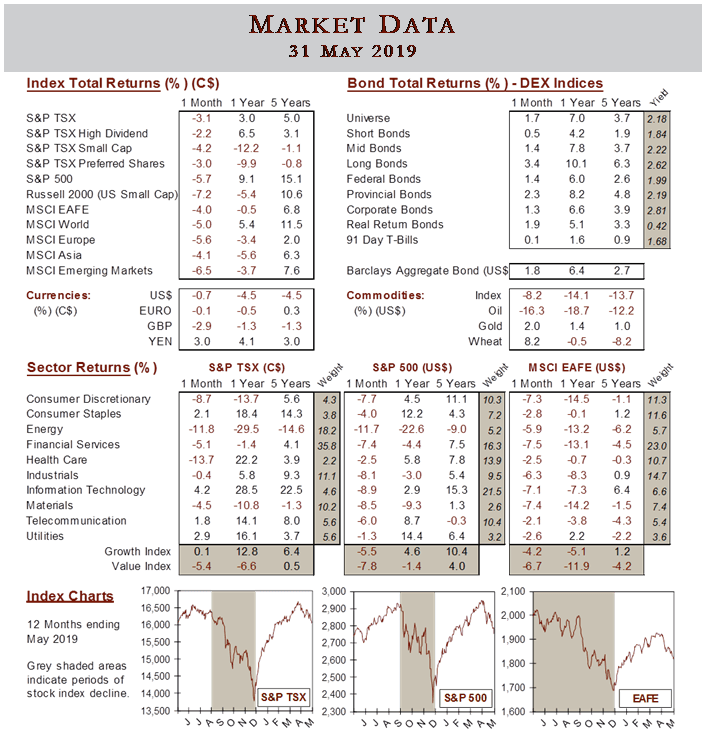Overnight is when the real money is earned; not by trading during the day, but by resting peacefully at night

A widespread misconception is that the stock markets are only open in the daytime. This is wrong considering that stock markets continue to work during the night. In fact, it appears that the daytime market is not where the best results are obtained. Overnight is when the real money is earned; not by trading during the day, but by resting peacefully at night.
Quite simply the price returns from the 4 p.m. market close to its opening at 9:30 a.m. the following day is when investors make their money. Conversely, during the hours that the market is open is when investors actually see negative returns on average. This is because stock prices at the market open tend to gap higher, over and above the previous day’s closing price. So, for investors the buy and hold approach, while ignoring the impulse to frequently trade, is the winning strategy.
The chart below and the data to the left show the price movements for the iShares S&P/TSX Composite index ETF (ticker symbol XIC), both intra-day and outside of the regular trading day, since January 2001. This ETF mirrors the Standard & Poor’s / TSX index, which often serves as a proxy for the entire Canadian stock market. The information shows the cumulative impact of separating the daytime from the after-hour returns excluding 

Clearly buying and holding has been an extremely profitable strategy which coincides with most investors’ long term focus. As such, the very short term possibility of attempting to strategically time the market intraday is really just an illusion, likely compounded by more frequent daily trading. The evidence speaks for itself. The bottom line is that if you have more than a one day time horizon as your investment philosophy, forget about the news and the market ups and downs during the day. Slow and steady wins the race. Most investors tend to be better off if they just sit tight. Trading for a relatively minor blip in performance at the end of the day is not worth a hill of beans.
For more information, visit provisus.ca. Financial advisors can visit provisus.ca/advisors.


.jpg)


